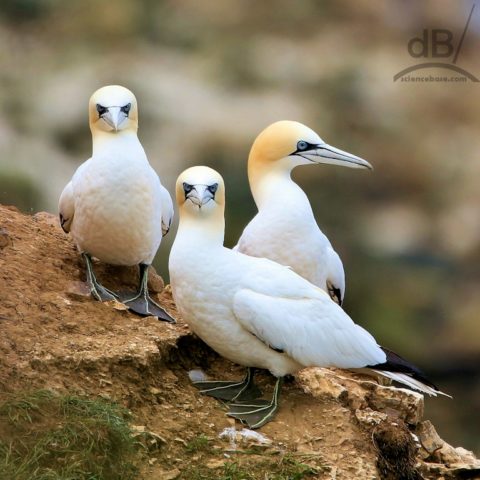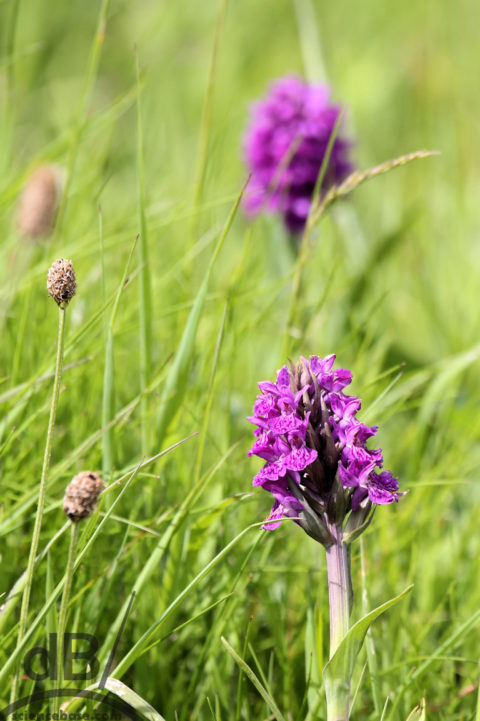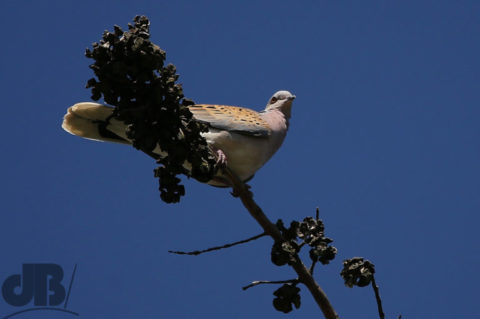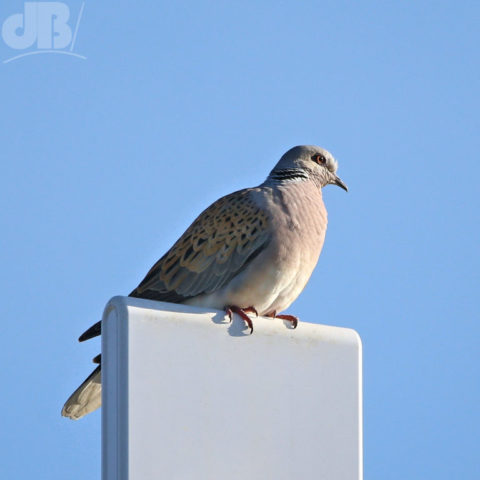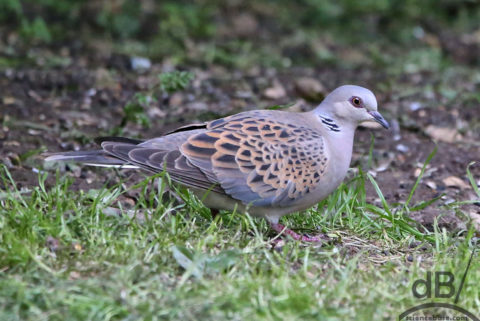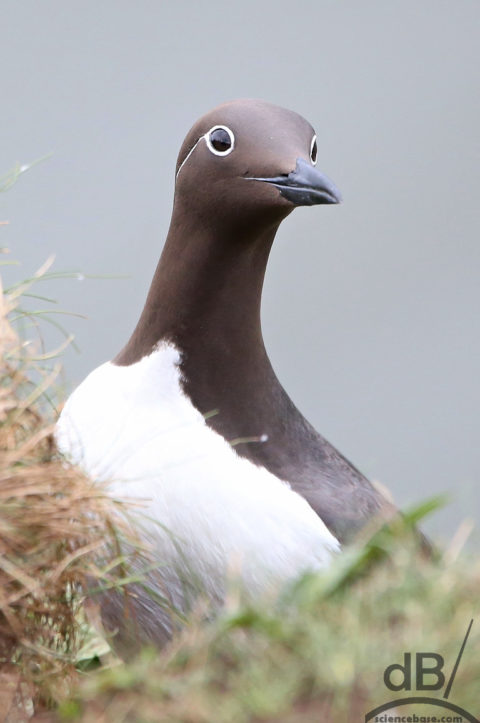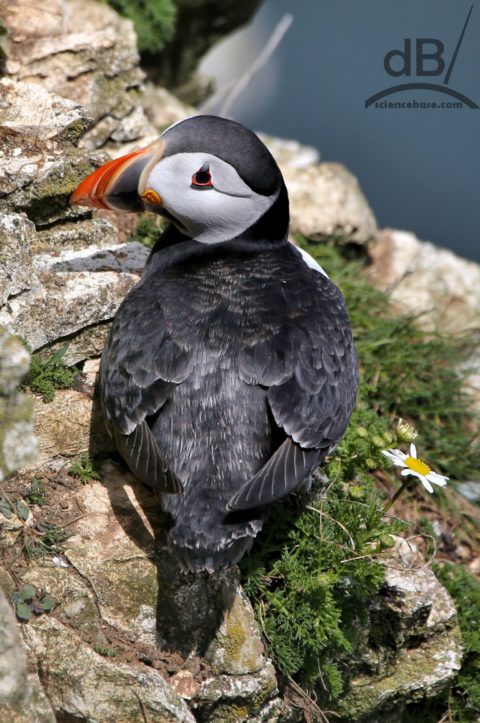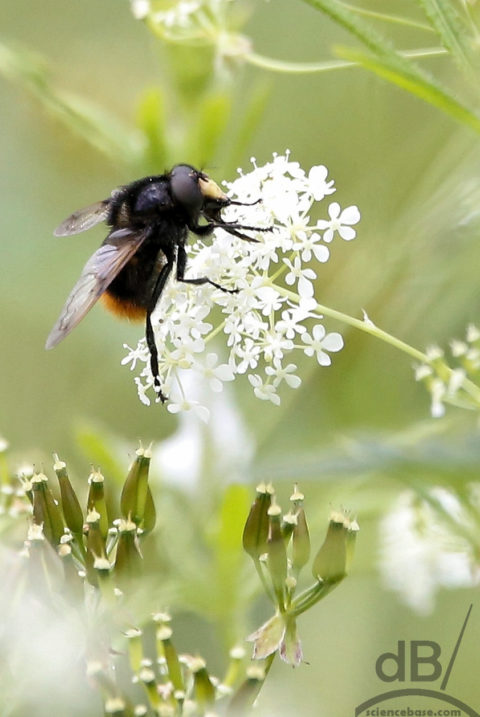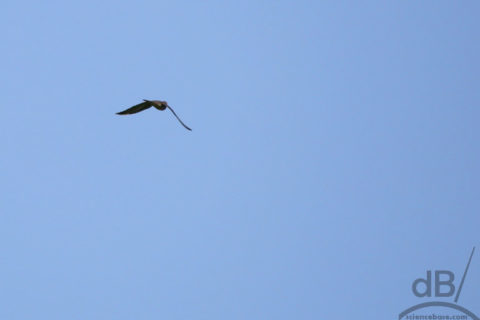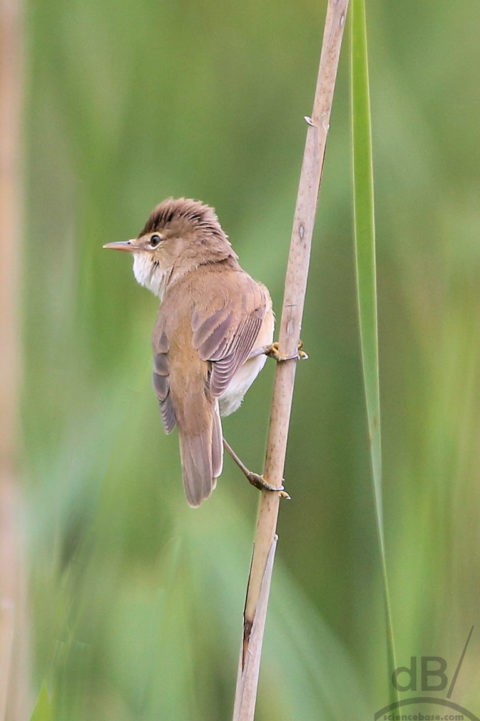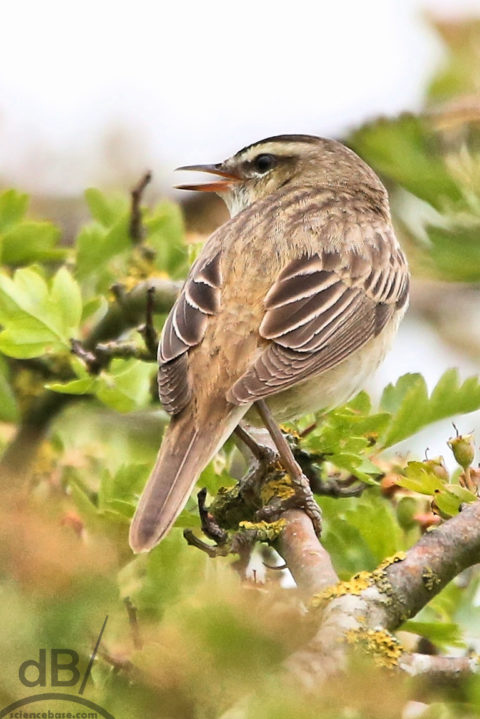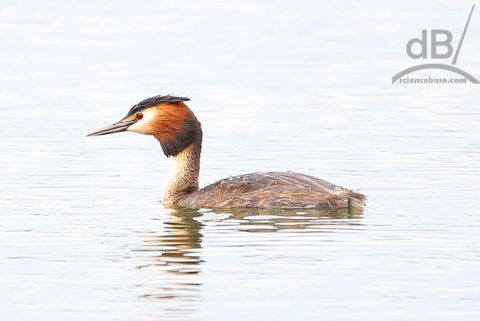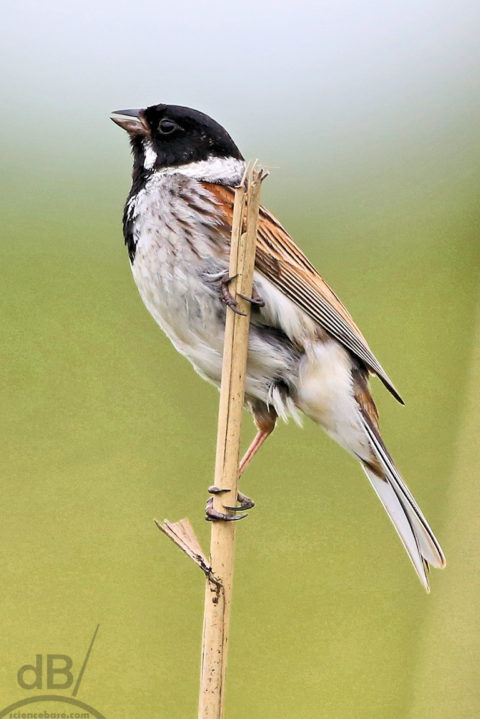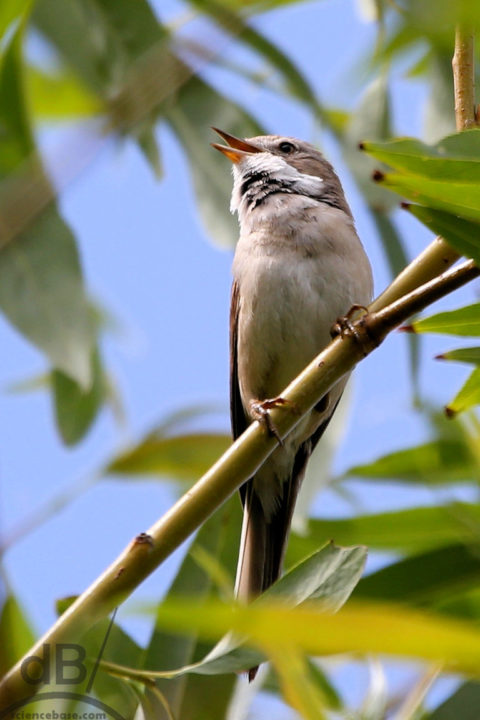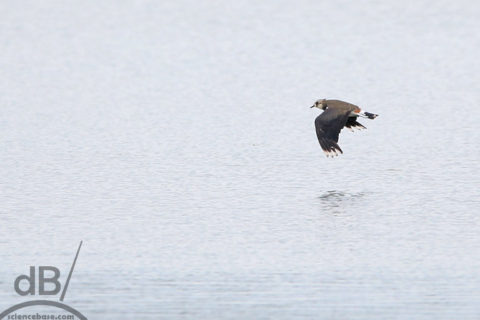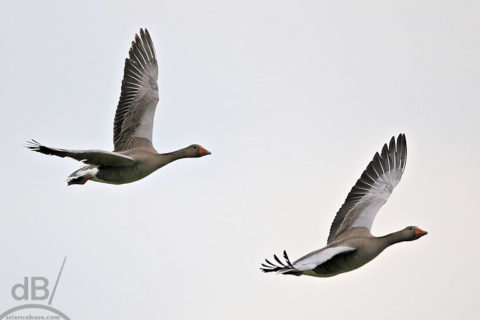As children, if my sister Sue and I were eating particularly enthusiastically, our Dad would often refer to us as a couple of gannets. I therefore grew up assuming that these seabirds were voracious consumers of sausage rolls and butterfly cakes. They’re not, obviously, their staple diet is fish and rather than eating like pigs, as it were, they are quite graceful divers who plunge into the sea to take their submarine prey.
The name gannet is derived from Old English ganot meaning “strong or masculine”, and that word in turns comes from the same Old Germanic root as our word for a male goose “gander”. Both male and female have some interesting adaptations for their seafood diet. Primarily, they do not possess external nostrils. Instead their nostrils are inside the mouth. Secondly their face and chest is lined with air sacs that act like bubble wrap to cushion the impact when they dive into the water. Their quite prominent eyes are positioned well forward on the face for binocular vision, which allows them to judge distances accurately.
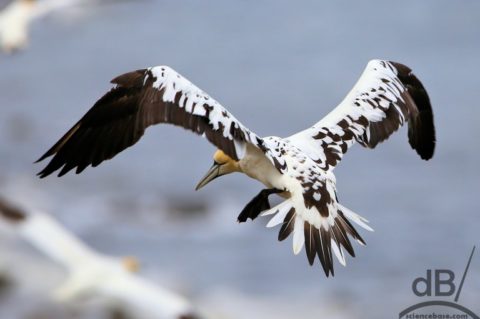
I suspect that the lenses in their eyes either correct for refraction across the air-water boundary or else their brains carry a neural network that calculates the necessary correction as they dive into the water so that they know where the fish they’re targeting actually are rather than where they appear to be from the bird’s eye view in the air above.
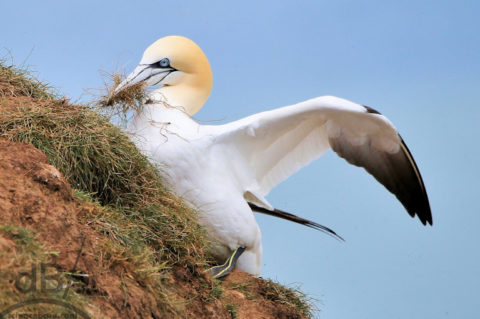
The birds photographed here are just a few of the quarter of a million or more nesting on the beautiful but smelly and noisy Bempton Cliffs on the North Sea coast of the East Riding of Yorkshire, England.
